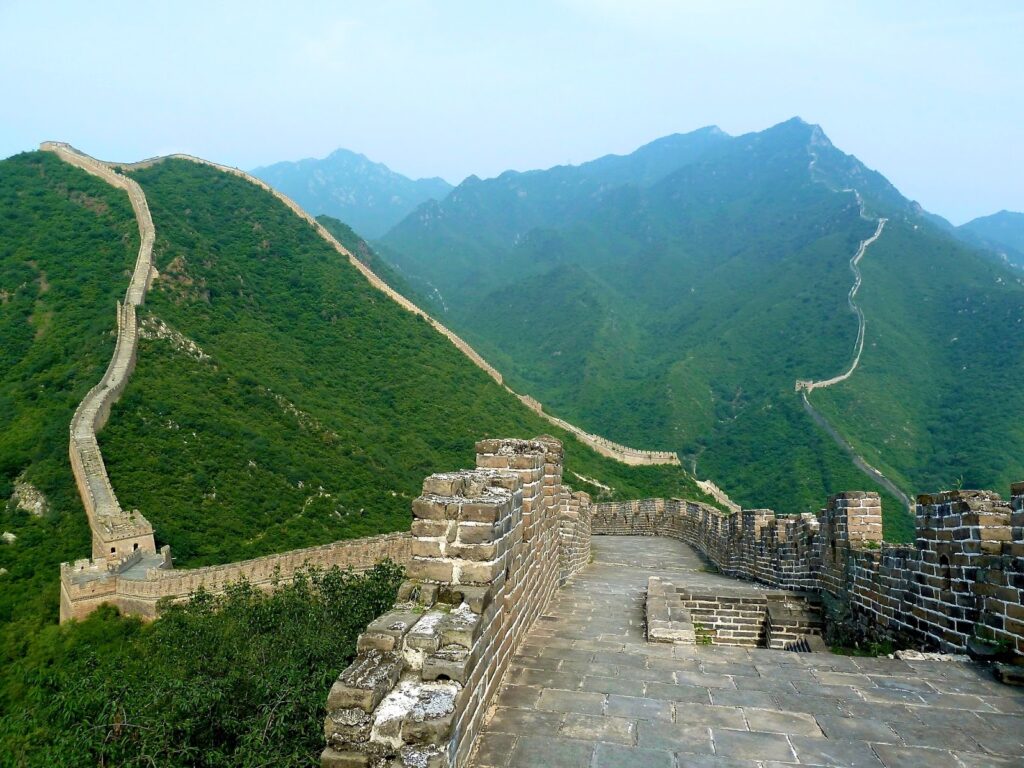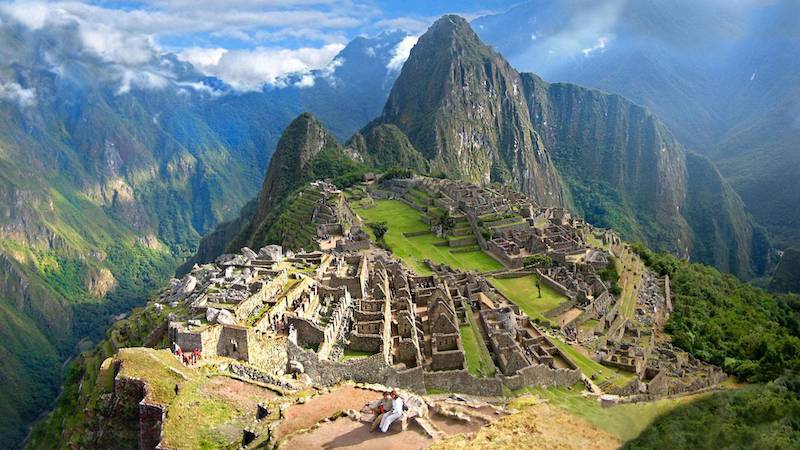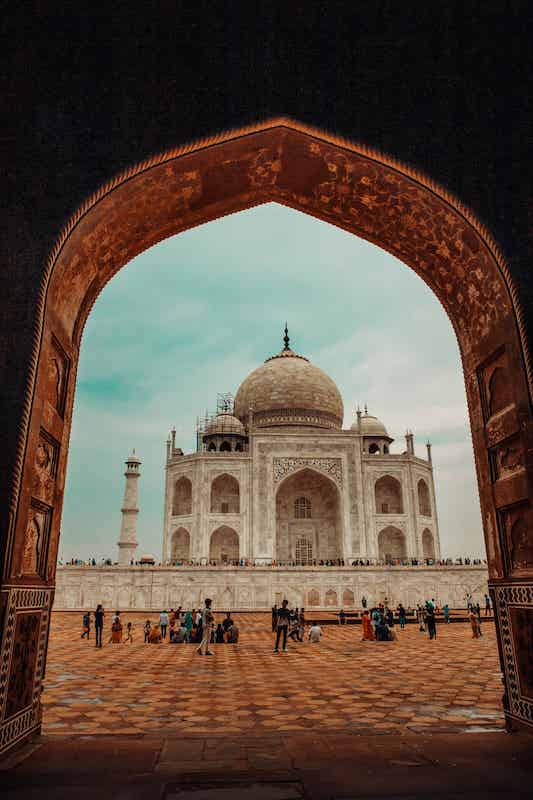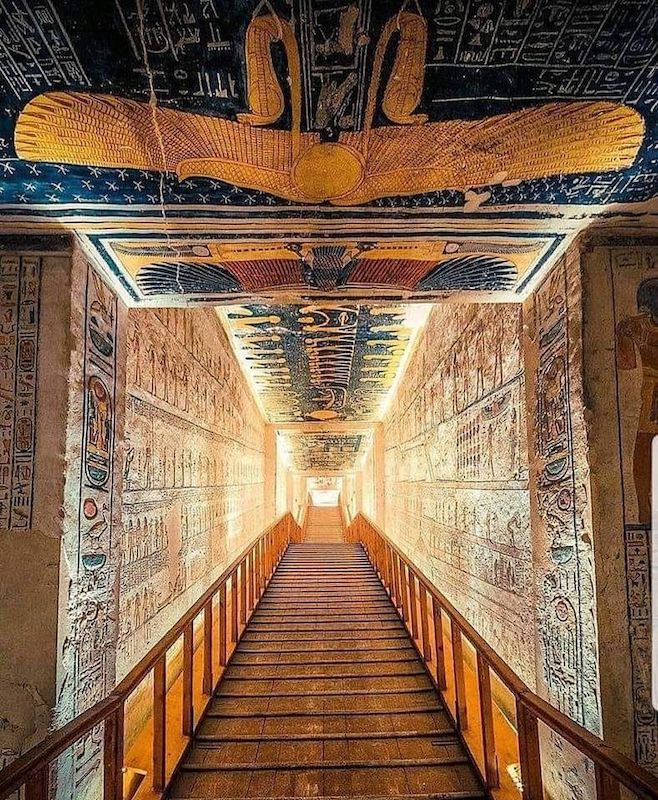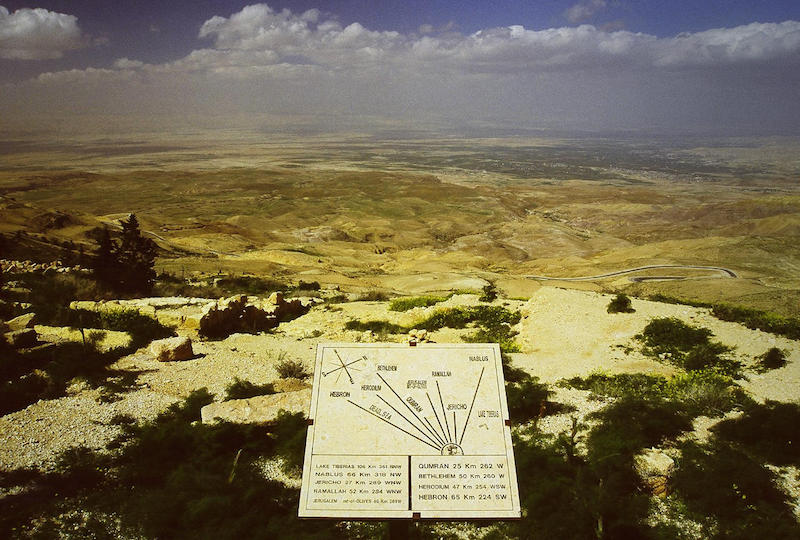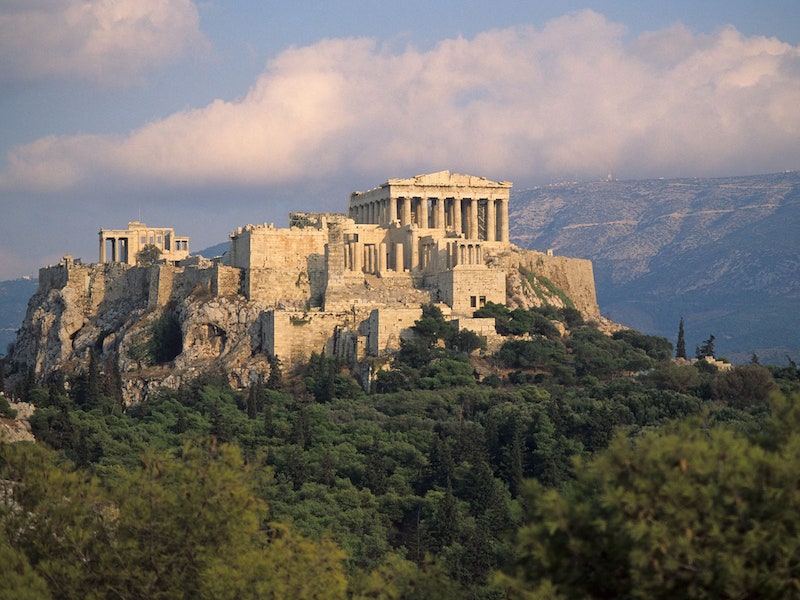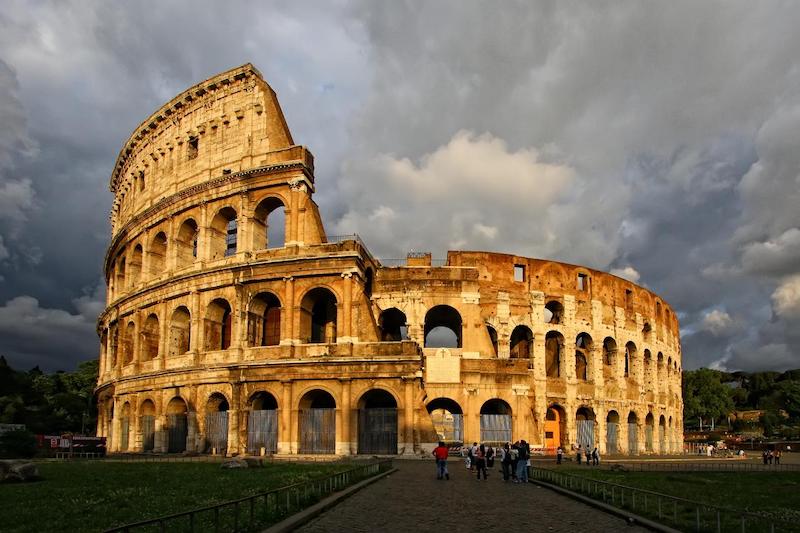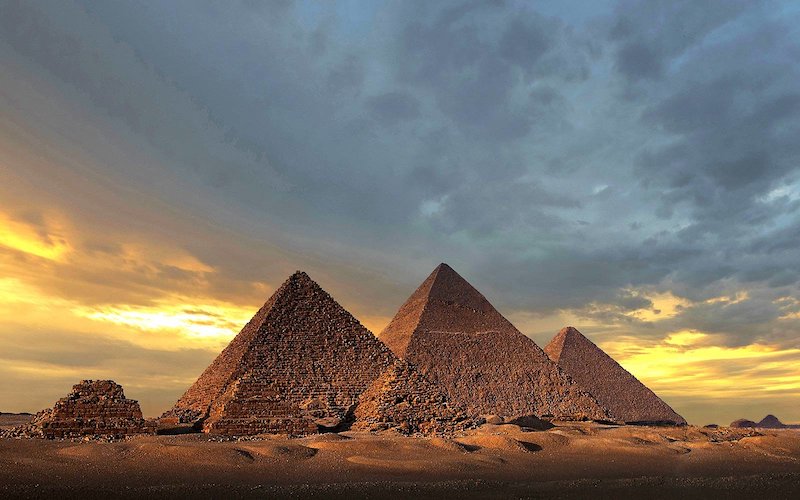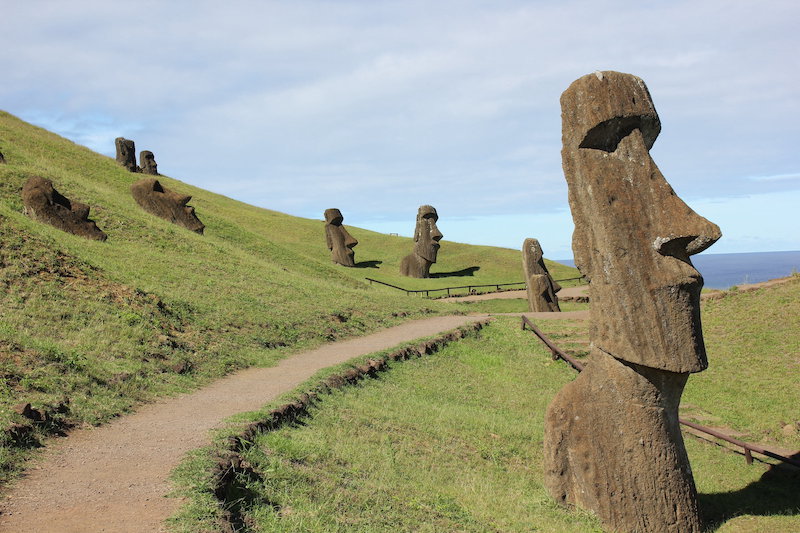
14 Fantastic Ancient History Virtual Tours
It can be tricky engaging your students in Ancient History. I remember being completely uninterested in any part of history before 1776 until my mother started showing me videos and pictures of the places she was trying to teach me about.
It totally changed my opinion and sparked my interest in these bygone eras. This list of 14 Ancient History Virtual Tours will give your students a better understanding of cultures which have disappeared yet helped shape our world into what it is today.
For use with Dave Raymond’s Antiquity series.
1. Great Wall of China
Constructed by multiple Chinese emperors, this massive wall stretches 12,000 miles across China. Not only does it still act as a massive defense, it is also used for border control, transportation of goods, and trade regulation. Even now it is considered one of the most impressive architectural constructions in history. Click here to access a spectacular virtual tour.
2. Machu Picchu (Peru)
For those of you unfamiliar with Machu Picchu, it is a 15th century citadel built by the Incas on a Peruvian mountain ridge. Also considered the estate of Pachacuti, Incan emperor, the Incas abandoned Machu Picchu at the time of the Spanish Conquest. Thousands of tourists visit this imposting structure every year; you can too by clicking here to find a virtual tour.
3. Taj Mahal (India)
This breathtaking white marble structure is technically a mausoleum. Mughal emperor Shah Jahan commissioned the building in 1632 at the death of his favorite wife, Mumtaz Mahal. She died giving birth to their fourth child in that same year. Shah Jahan’s tomb is located in the Taj Mahal as well. It can be tricky visiting this mausoleum in person, so click here to find a wonderful virtual tour.
4. Pharaoh Ramesses VI Tomb (Egypt)
The pharaohs of old are referenced in literature, history, and science to this day. This particular pharaoh was one of Egypt’s last in the traditional sense of the role. Also known as Amenherkhepshef, Ramesses VI tomb covered the entrance to Tutankhamun’s, ultimately saving it from robbers. To find a virtual tour of his tomb, click here.
5. Mount Nebo (Jordan)
Mentioned in Deuteronomy, this mountain is supposedly the same mountain where Moses was allowed a glimpse of the Promised Land before his death. Today, visitors can see the West Bank city of Jericho and even Jerusalem. Biblical scholars have debated for years whether this Mount Nebo is the same as the one in the Bible. Click here to access a virtual tour of the panoramic view.
6. Acropolis (Athens, Greece)
At the time, the Acropolis’ location was chosen for its prime defense and religious purposes. The Parthenon can be clearly seen resting on the top of the hill. There are many other acropolises in Greece but because of the Parthenon, the Athenian acropolis is the most well known. To find a tour, click here.
7. Colosseum (Rome, Italy)
This incredible oval amphitheater sits in the centre of Rome and is the largest amphitheater in the world. It is consistently used in film and literature as a symbol of power, might, and intelligence. Construction began under Emperor Vespasian and was finished in 80 AD under his successor Titus. The amphitheater was commonly used for gladiator fights, animal hunts, executions, re-enactments, and dramas. Click here to view a virtual tour.
8. Angkor Wat (Cambodia)
Like the Taj Mahal, Angor Wat was originally constructed as a personal mausoleum for the Khmer King Suryavarman II. However, it became a Buddhist temple at the end of the 12th century. Not only was it intended as a tomb, but it was meant to be a state temple for the Khmer empire. Given travel restrictions, it is difficult to visit right now, to click here to find a virtual tour.
9. Giza Pyramids (Egypt)
Out of the seven wonders of the ancient world, the Pyramids at Giza are the oldest and the last standing. Modern scholars and architects are still at a loss to recreate or even understand how ancient Egyptians built these fantastic structures without the use of modern technology. The pyramids’ location also includes several tombs and even the remnants of a workers village. Click here to view these fantastic monuments.
10. Bagan (Myanmar)
This city was the capitol of the ancient Pagan Kingdom that unified the regions that would become Myanmar. It is one of the largest collections of Buddhists temples in the world. Over 10,000 temples, pagodas, and monasteries were originally constructed with 2,200 still standing today. Click here to find a link to a virtual tour of the temples.
11. Mesa Verde (Colorado, USA)
Known for rock structures such as Cliff Palace. and said to be the largest cliff dwelling in all of North America, Mesa Verde is also the most immense archeological preserve in the United States. Nomadic Paleo-Indians inhabited Mesa Verde seasonally and were influenced culturally by surrounding areas. To see this majestic site, click here.
12. Lascaux (France)
Over 600 paintings cover the walls and ceiling of this cave complex in the French village of Montignac. Sadly, the original caves have been unavailable to the public since 1963 due to the deterioration of the paintings. However, there are multiple exact replicas that are open for visitors. Click here to see a virtual tour of the original cave.
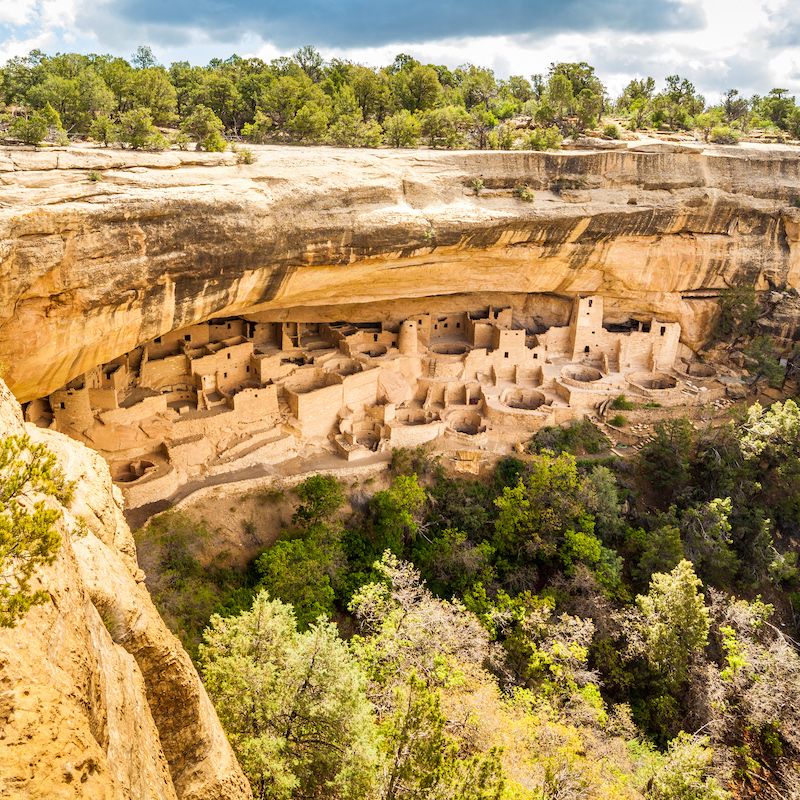
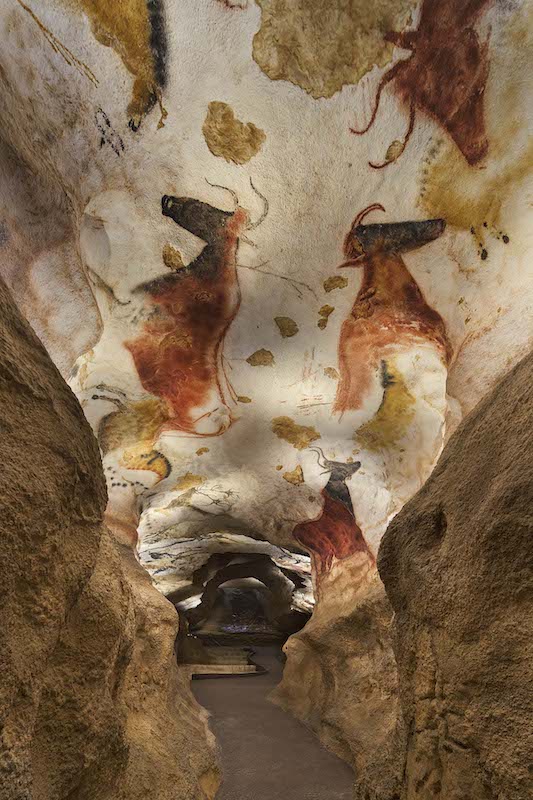
…
13. Easter Island (Chile)
Possibly one of the most famous islands in the world, Easter Island is home to the Head Statues. Recently, archeologists have realized these massive heads are attached to even bigger bodies. These enormous statues, called moai, were carved by the Rapa Nui people group a few hundred years ago. Easter Island is incredibly remote so click here to view the statues virtually.
14. Stonehenge (Wiltshire, England)
Most people have seen pictures of this unbelievable site: colossal stones placed in a perfect circle. The outer stones stand thirteen feet high and seven feet wide with another ring of smaller stones just inside. The structure is situated to face the sunrise on the summer solstice. Scholars are still unsure when the stones were raised, but think the earliest year was around 3000 BC. To look at this stunning structure, click here.

